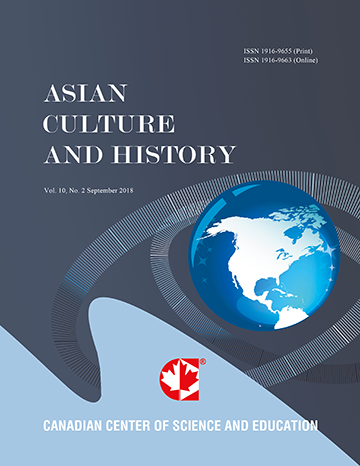A Traditional Community in the Chao Phraya River Basin II: Influence of Water Circulation on the Traditional Living Culture according to the Settlement Pattern
- Patiphol Yodsurang
- Uekita Yasufumi
Abstract
The remaining traditional waterfront community in the Chao Phraya River Basin demonstrates human adaptability towards modern conditions. Everyday practice in the traditional community complex is about living in harmony with all other aspects of the system to which it belongs. However, the intensity and speed of such changes are challenging these complex urban environments in contemporary society. With high dynamicity, this important amphibious lifestyle is gradually disappearing.
This study is based on a qualitative approach, to examine the general pattern of amphibious livelihoods from past to present, including changes and processes of adaptability to declination. Investigation was implemented by reviewing secondary data collection and oral history and collective memory by the interview method.
The results found that water circulation patterns have exerted influence on traditional daily life over several decades: river overflows in paddy villages, irrigation network of ditches in orchard villages, brackish water circulation in estuarine agricultural villages, wetland fishery in coastal fishing villages, north-south corridor river trading in riverport towns, east-west canal network trading in canal trading villages, and surface water livelihoods in the raft community.
- Full Text:
 PDF
PDF
- DOI:10.5539/ach.v8n1p112
Journal Metrics
Google-based Impact Factor (2017): 5.42
h-index (January 2018): 11
i10-index (January 2018): 21
h5-index (January 2018): 6
h5-median (January 2018): 9
Index
- Academic Journals Database
- CNKI Scholar
- COPAC
- EconPapers
- Elektronische Zeitschriftenbibliothek (EZB)
- Excellence in Research for Australia (ERA)
- Genamics JournalSeek
- Google Scholar
- Infotrieve
- LOCKSS
- MIAR
- NewJour
- Open J-Gate
- PKP Open Archives Harvester
- Publons
- RePEc
- Scilit
- SHERPA/RoMEO
- Standard Periodical Directory
- Technische Informationsbibliothek (TIB)
- The Keepers Registry
- Universe Digital Library
- WorldCat
Contact
- Ivan YongEditorial Assistant
- ach@ccsenet.org
